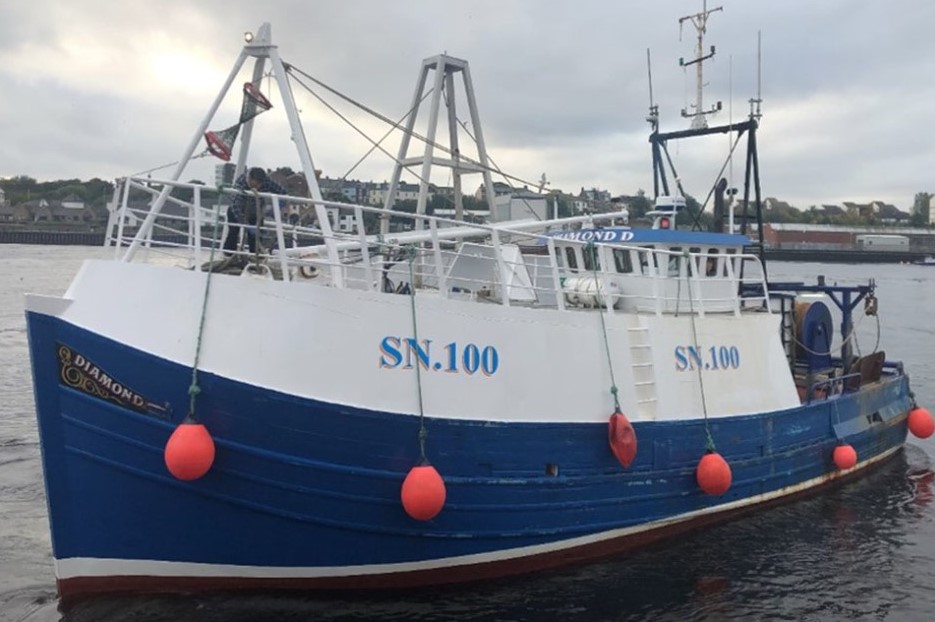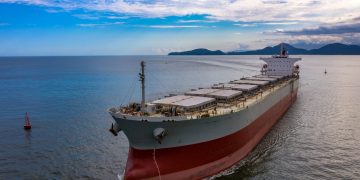IMCA provides lessons learned through an incident where some issues with towing wires resulted in flooding, capsize and foundering of small vessel.
The incident
The skipper and the vessel’s owner were relocating the boat in order to carry out planned survey and maintenance work. While on route, the two crew carried out a trawl to catch fish, during which the net snagged on the seabed.
As informed, the vessel took on a list as the crew attempted to recover the net by hauling it. The list worsened considerably, and the vessel sank. The crew abandoned to a life raft and activated the boat’s emergency position indicating radio beacon. The two crew were subsequently rescued by the local lifeboat service.
Probable cause
- The vessel foundered because the flooding of the hull went unnoticed until it was too late for the crew to take remedial action;
- Hull damage (this was a wooden boat) was caused by trawl doors hitting the hull as crew attempted to uncross towing wires. Flood water was able to spread through the vessel as there were no watertight bulkheads to contain it;
- While uncrossing the towing wires, the crew considered the trawl doors hitting the hull to be a normal occurrence and did not recognize the danger of damage. Consequently, they did not verify the vessel’s watertight integrity;
- The crew did not hear the bilge alarm because they left the wheelhouse unmanned and were totally focused on recovering the gear. Had there been a third crew member on board and the wheelhouse not left unmanned for seven hours, the bilge alarms may have alerted the crew to the flooding of the hull. This could have given the crew time to use the additional pumping capacity available;
- There was no evidence that any emergency training drills had been completed on board the vessel, or that the crew routinely wore personal flotation devices (PFD) while working on deck.

It goes without saying that the wearing of lifejackets undoubtedly saved lives. The two crew were fortunate that the life raft inflated correctly and that they did not end up in the water, as neither was wearing a lifejacket when the vessel capsized.
When it became apparent that the vessel was in difficulties, a VHF call to alert the coastguard and the signal from the EPIRB assisted the rescue services in locating the crew in the life raft in a timely manner.
Lessons learned
- Any change of agreed plans or deviation from a standard operation should involve a brief step back and a reassessment of the risks;
- All unattended spaces should be regularly checked;
- Wear a life-jacket;
- Know how to use emergency equipment in your workplace – the crew’s activation of the EPIRB led directly to their timely rescue.

































































